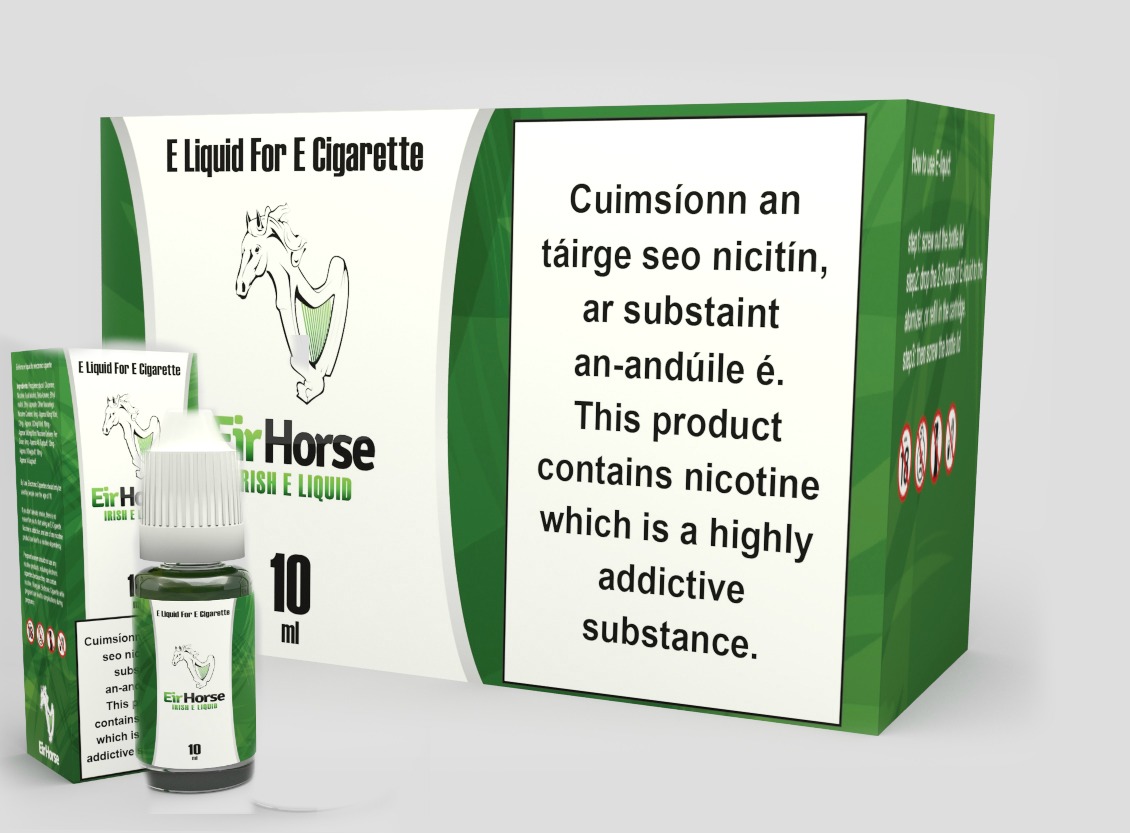E Cigarette : Lots of smoke for steam
There could hardly be a smoker who would maintain what he was doing was healthy or not harmful in any way. Since the nicotine administration promoted as a healthier alternative to smoking by the steaming of nicotine-containing fluids, so-called e liquids, seems to be a real alternative on the market.
However, anyone who believes that this is a transitional medicine for the abolition of nicotine addiction is wrong. Even a closer and longer observation of steamers shows the same, if not significantly increased, problem of addiction. Not without reason, most steamers have several steam engines. The accumulators, which make the steaming possible, are too susceptible.

Although a nicotine feed can happen more quickly, more massively and with a more noticeable kick, the smoke is smoked on its own 15, 20 or 25 cigarettes per day The smoke phases a cigarette-independent phase. Here the duration of an administration gives the dosage before - the cigarette length. Or in a word: "On a cigarette".
The frequency of the supply of nicotine in steamers, on the other hand, is in principle limited to no unit. Durability is thus a permanent problem. For the fewest steamers go to steam 15 or 20 times for a few minutes before the door, as do cigarette smoke. Anyone who could observe what happens when a steamer runs out of electricity without the opportunity to refuel somewhere, who knows what nicotine is really and recognizes the higher addictive factor compared to conventional cigarettes. Certainly this is individually different, but at least in a single case directly comparable, if one knew the steamer as a smoker. First insight can be here: The steamer junkie depends on the drip, where the smoker can still cope with the single injection.
In the further course of his statement, the steaming professor is further that e-cigarettes would not serve the medical smoking cessation, ie the therapeutic termination of the inhalative nicotine consumption. After all, the self-reflection works perfectly despite steam. Or it is already dictated by desire, please be allowed to continue forever.
Mayer's main distinction is between tobacco and nicotine.
E Vape have for him a "historically unique potential for tobacco prevention". For the first time, smokers would have a functioning alternative for the withdrawal from the tobacco consumption. So the exit of a series of dangerous combustion processes. The fact that steaming at the end of the entry into an even more intense form of the dependency could be, may be observed in the neighborhood or in the peer group on the individual case and experienced. Mayer's steam colleague is likely to be the wrong contact for a concluding conclusion. Only the tobacco industry is likely to look forward to it. For the soon called much nikotinverabreichende industry. And since the new e-products of these giants are no more cigarettes, so do not have to be taxed as a zigarettentabak, profits are also rising.
Here, however, the corporations have long been facing a dense network of many smaller e-cigarette shops across the nation, which can still supply better and more mature products at significantly lower prices. And this by itself, if one takes the offered liquid units: The shops offer single quantities in bottles with differently strong nicotine admixtures to liter bottles, which are sufficient for a steamer many months, but only by 25 euros cost.
Now the legislator has counteracted and prohibited this large quantity of nicotine-containing liquid since May 2017 (decided, by the way, against the voices of the Greens, against a vote from the CDU and abstaining from the left) and limited to a maximum volume of 10 ml. The fact that the tobacco industry, pardon, the nicotine disposal industry, which only earns money at such small amounts of money, makes the political decision once again in a particularly foggy light. Thus MEP writes on this subject: "In a recent report, the WHO also recommends limiting the contacts of politics and tobacco lobbies to the minimum. The Federal Ministry of Food and Consumer Protection voluntarily leaves open its meetings with the tobacco industry, but binding transparency rules are lacking.
Immediately, the problems of the tobacco industry are also reminiscent of those of the automotive industry. Here, too, one goes from combustion to the electrical alternatives. Under great pain, because the caricature of the car drivers after the ordinary wumms of the combustion engines one must first adjust somewhat adequately. Steam engines are certainly not a good solution. The steam car proved to be an end-of-life model as early as the turn of the century.